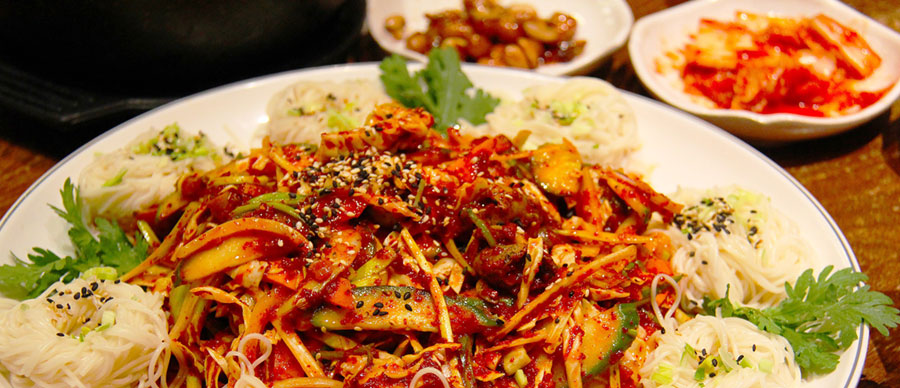
The best way to get to know any city is by getting lost inside its local markets. Isn’t this the heart and soul of any city? It is even more true of the city of Seoul, South Korea. Here you can’t go more than just a few street blocks off most subway stops before stumbling upon a heaving sijang – the Korean word for market [시장] crammed with electronics, silk stores, and of course the pungent aroma of steaming stalls serving up bowls of spicy noodles and grilled meats – late into the night.

The sijangs have been vital in Seoul for centuries and despite the modernization of Seoul with its many luxury hotel restaurants and some 31 Michelin-Star restaurants, the role of the sijangs in the life of modern-day Seoul has not diminished. Here you can still get a glimpse into traditional Korean life.
“Feast on affordable street food, gawk at gigantic freshly caught fish and observe as the stall vendors make big batches of kimchi” (the LadyIronChef)
While I can recommend at least 15 interesting markets to visit, if you have limited time, then make sure to at least visit the Top 3 (in my opinion). If you have more time, I’ll list an additional two markets, and if you have a lot of time, see my list of an additional ten markets.
Two markets not discussed here which deserve honourable mentions are the Changsin Market (though mostly toy shops) near Dongdaemun Station, and Yangyeongsi Market (mostly medicinal herbs such as red ginseng) near Banwoldang Station.
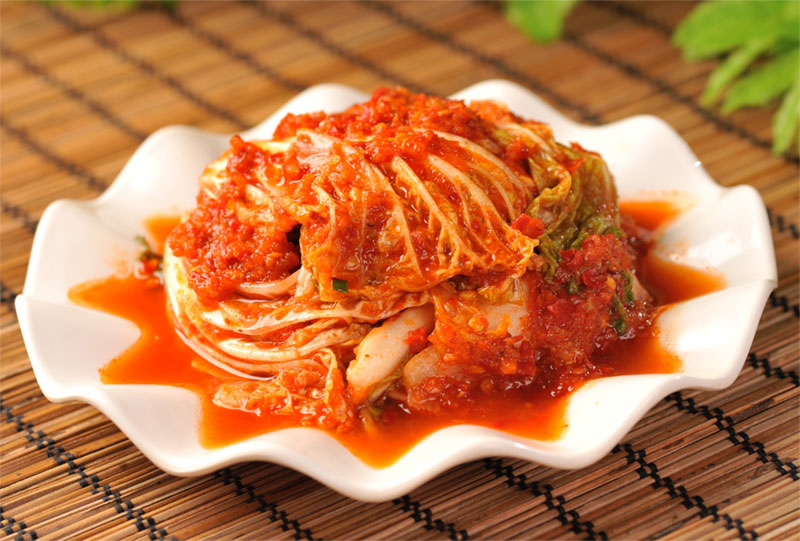
Table of Contents
Must Visit Street Food Markets
In my personal opinion, the three must-visit markets in Seoul are the Namdaemun, Gwangjang and the Dongdaemun.
1. Namdaemun Market
Namdaemun (남대문시장) is South Korea’s oldest and largest market with is rich history dating back to the 1400s. The market a constant hive of activity, buzzing with shoppers in search good and cheap food, as well as fashion, electronics, crockery, and everything else they may, or may not need, and of course good food.
The food section of the market is all about popular street eats such as dakkochi (grilled chicken skewers) and tteokbokki (spicy rice cakes in a spicy red sauce). If you are adventurous enough, then pop in at the live seafood section and place an order for san-nakji (a variety of hoe (raw dish) made with still-moving bits of long-arm octopus (octopus minor), a small octopus species called nakji. Let the octopus pieces wriggle down your throat as you swallow. Be careful of the suction cups that are still active and may easily suffocate some diners.
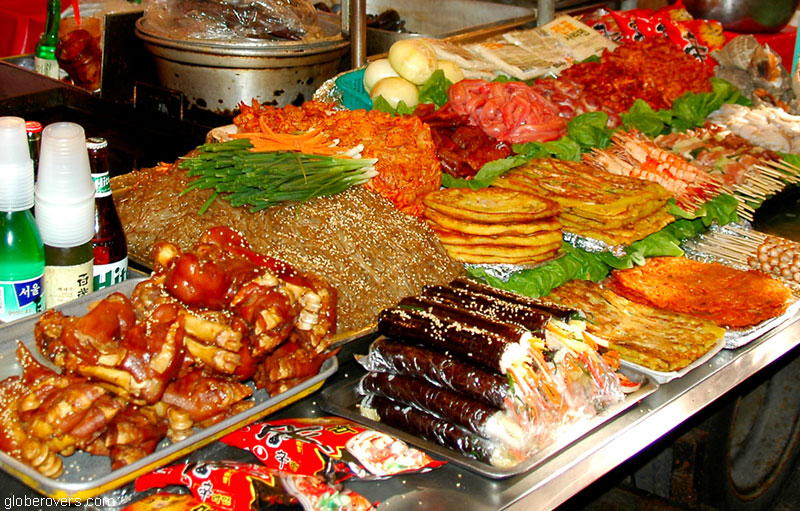
When to visit: While some parts of the market is open all the time, the best time is from mid-morning to after lunch when most restaurants are in full swing.
How to get here: Take subway Line 4 to Hoehyeon Station. Use Exit 5 to enter the market through Gate 6. Close to Kalguksu Alley is a large concentration of excellent food stalls.
2. Gwangjang Market
Gwangjang Market dates back to 1905 and while it is more known for its extensive selection of fabrics and textiles, kitchenware, fruits and vegetables, it is absolutely one of the very best places in Seoul to try traditional Korean street foods.
Look out for the soondae (steaming cow or pig’s intestines stuffed in a sausage with sticky rice and various ingredients), bindaetteok (crispy deep-fried pancakes made with mung beans, vegetables and meat served with a sour dipping sauce), and mayak gimbap (a seaweed rice roll made with sesame oil). Mayak means “narcotic drugs”, so the name comes from this gimbap’s reputation for being addictive. Also try the makgeolli, an icy spirit made from rice.
In addition to food, visitors will be able to watch as stall owners make huge batches of fresh kimchi
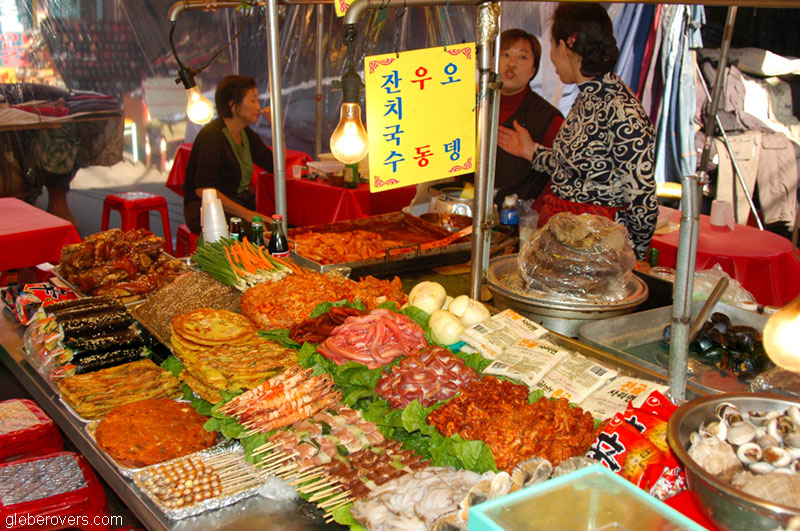
When to visit: Weekdays between early morning and late afternoon is the best time to visit Gwangjang Market.
How to get here: Take Subway Line 1 to Jongno 5-ga Station. Exit 8 is closest to the market. The ground floor of the market has dozens of food stalls and restaurants.
3. Dongdaemun Market
The sprawling Dongdaemun market is textile-central in Seoul and a must-visit market for the Korean trendsetting teens, aspiring fashion designers, and everybody who is bargain-hunting for textiles. The market claims to have over 30,000 stores spread over a large area of 10 street blocks! However, if you are looking for the Korean street food section, then head for nearby Meokja Golmok ( 먹자 골목), a.k.a. “Let’s Eat Alley,” Check out the grilled fish, super-sized mandu (fried dumplings), and dak hanmari (whole chicken) restaurants.
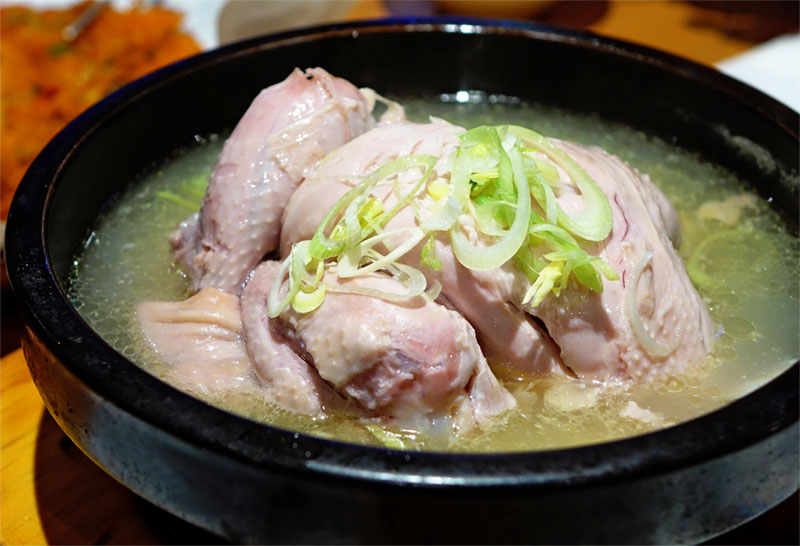
When to visit: Dongdaemun markets is certainly best after dark especially on a Friday or Saturday night when the market is buzzing with shoppers. You may even see some K-Pop dance performances along with fashion shows!
How to get here: Head to “Dongdaemun History & Culture Park Station” on the Seoul Subway Line 2, Line 4 and Line 5. Be careful of the train-platform gaps at this station – it claims 365 feet accidents each year!
Should Visit Markets
My list of should-visit markets is composed of a touristy but still very interesting market (Myeongdong), as well as a truly authentic fish market (Noryangjin) experience with a few great restaurants.
1. Myeongdong Market
During the daytime, the street here is flanked by enticing beauty and makeup stores. By night (after 5pm) the food stalls start to show up for their nightly orgy of the best foods you can imagine. The market is quite touristy and can get packed. Because of the tourists, prices are a bit steeper than other street food markets in Seoul. Even so, the market is worth a visit as it is different than other markets. It is easy to get here and the huge variety of vendors at night makes this is a pleasant experience of life in Seoul.
Look out for the less traditional Korean dishes such as cheese-covered lobster tails, potato tornado, fresh pomegranate juice, ham and cabbage omelets, strawberry mochi, fried hot dogs, and fresh churros. For more traditional Korean food, make sure to try the tteokbokki and fried Korean chicken as well as the gyerangbbang (Korean egg bread popular in winter).
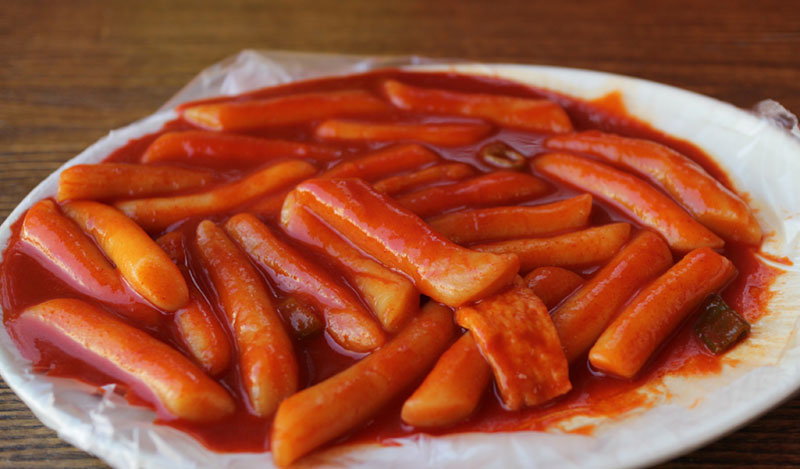
When to visit: Evening after sunset is the busiest and best time.
How to get here: It’s easy to get here by taking a bus or train to the Myeongdong station. Take Subway Line 4 to Myeong-dong Station. Exits 6 & 7 are closest to Myeongdong Shopping Street. There are signs from the station to the market.
2. Noryangjin Fish Market
This live seafood market is quite an experience if you can stomach the pungent smells and the sight of some odd sea creatures. Featuring an impressive array of tanks filled with live seafood, this is Seoul’s biggest seafood market and absolutely worth a visit.
Get here before sunrise to see the most action. Here you will find more than 800 vendors selling jumping and squirting fresh seafood at affordable prices. The upper levels of Noryangjin Fisheries Wholesale Market has several restaurants serving Korean and also Japanese fresh fish dishes.
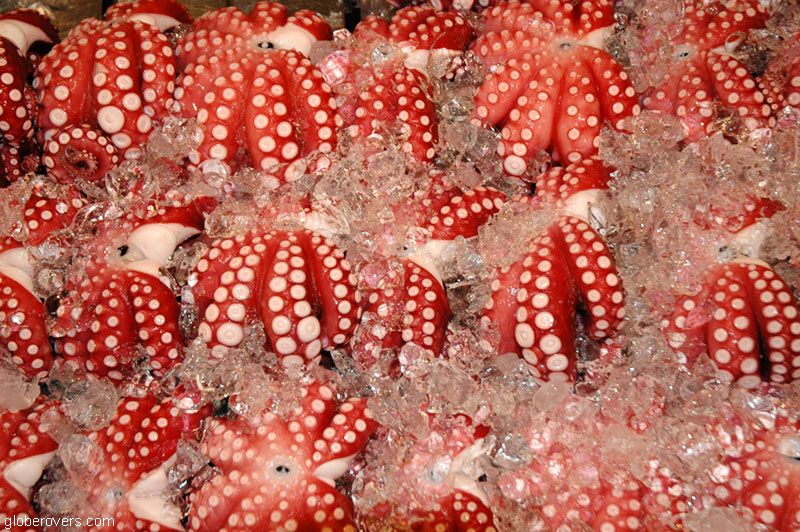
When to visit: While the market is open 24 hours a day, you need to rise early to enjoy the best of this fish market. The best time to visit is around sunrise when seafood auctions take place. Here you will see many hyped-up wholesalers trying their luck at getting their hands on the day’s best catches – shrimp, crab, squid, stingray, octopus, mackerel, tuna, lobster, clams, mussels, and many unidentifiable creatures. You can even buy fresh seafood here and then head to the second floor where some restaurants here will prepare your catch of fresh seafood at a very reasonable cooking fee.
How to get here: Located at 674 Nodeul-ro, Noryangjin-dong, Dongjak-gu, the market is a 15-minute train ride from Seoul Station. Hop on Subway Line 1 to Noryangjin Station and follow the signs for Exit 1. Walk over the train tracks via the bridge to enter the fish market.
Maybe Visit Markets
Some markets in Seoul are only open during the summers months, and some are part of specific festivals and are scattered around the city at multiple locations. Some are worth visiting, while others may not be exactly what you have in mind. Do some further reading before deciding which markets to visit. Here are ten to consider.

1. Gyeongdong Market
Located in Dongdaemun, this market has over 1,000 stalls selling home-made medicines, roots, herbs, and spices and is quite popular among Chinese and Japanese tourists who come here to shop for Asian herbs and medicinal products at very affordable prices. The market is famous for its red ginseng (for restoring energy), maesil plum (improve blood pressure), and the chrysanthemum flowers which are brewed to make refreshing drinks. As you enter the market you will be hit by the rich fragrances of the herbs.
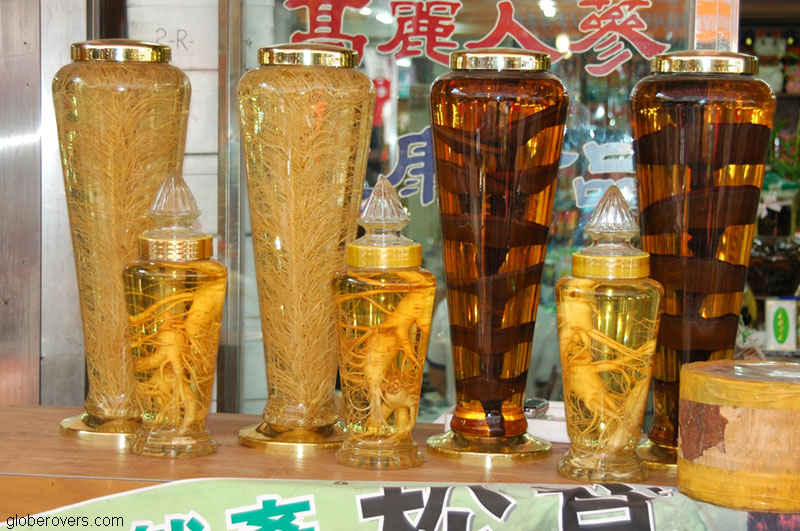
2. Cheonggyecheon Time Slip Market
The night market at Cheonggyecheon is part of the “Seoul Metropolitan Government’s Seoul Bamdokkaebi Night Market program”. It is quite a traditional Korean style market and is undoubtedly one of the city’s most atmospheric night markets. Here you can even play games and win prizes. Don’t forget to write your wishes on a “wish card” and tape it to the traditional “wish lanterns” called pungdeung.
The market is cut in half by the Cheonggyecheon Stream. On the north side of the stream you can enjoy street food at one of the many food trucks. To get there, take Subway Line 1 to Jonggak Station and use Exit 5. The market is only open from late afternoons on weekends – roughly from 16:30 to 21:00. There might be a lantern parade on Saturday evenings from 19:30 to 20:30.

3. Bamdokkaebi Night Market
Bambokkaebi market only happens between April and October and is an event or festival spread over several locations around Seoul. Each market gives off its own unique vibe and specializes in different goods. Search online for the latest info on locations. Some helpful info can be found at https://www.bamdokkaebi.org.

4. Yeouido World Night Market
The Yeouido World Night Market lies along the shores of the Han River (or Hangang River) and takes place at Yeouido Hangang Park every Friday and Saturday evening. It is billed as an “international global market” so people come here for the street food and performances of different countries from around the world. To get here, hop on Subway Line 5 to Yeouinaru Station. Take Exit 2 and walk about 600 metres northwest along Yeouidong-ro.
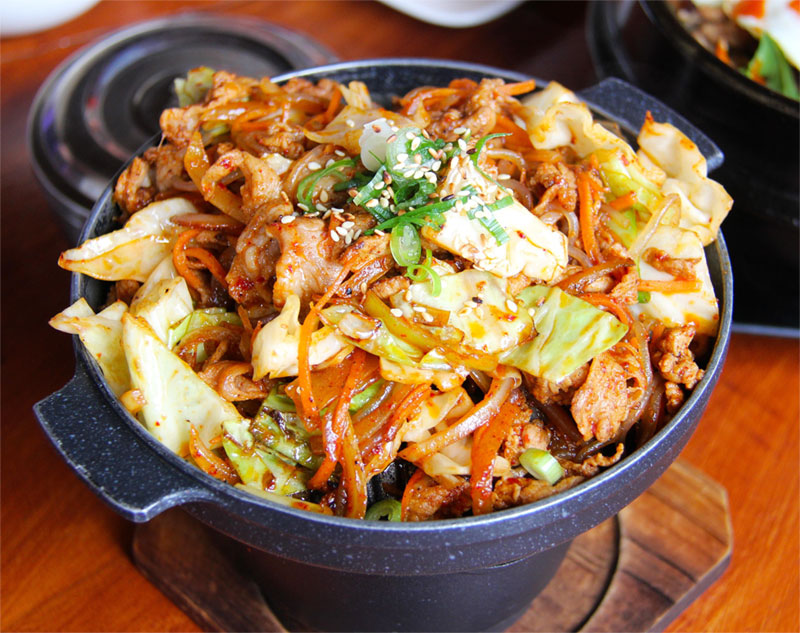
5. Banpo Romantic Moonlight Market
This riverside market at Banpo Hangang Park, held every Friday and Saturday, was made for lovers! Come here to spoil your loved one(s) to romantic night views, a fountain, acoustic guitar and jazz performances, and of course a wide selection of international foods. Browse the flea market and participate in regional art programs. Take any of Lines 3, 7 or 9 to the Express Bus Terminal Station. From Exit 8-1 or 8-2 it’s about 10 minutes walk to the market via Sinbanpo-ro and Banpo-daero.
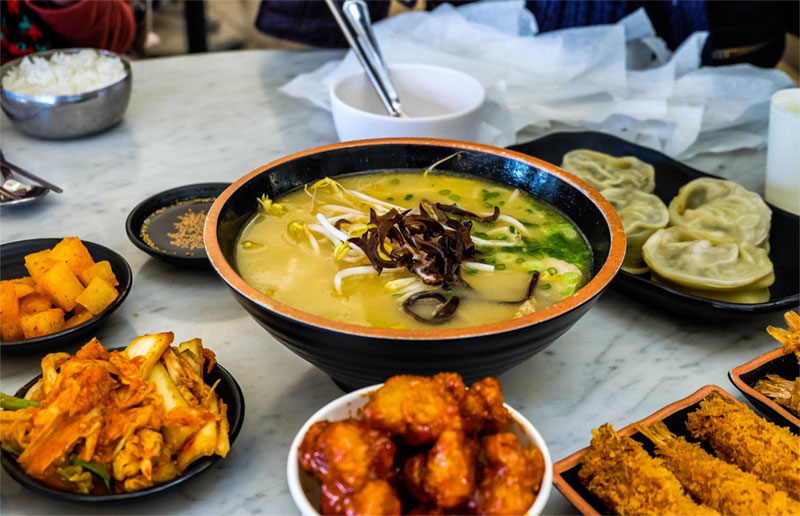
6. Seoul Bamdokkaebi Market
The Bambokkaebi Market (서울 밤도깨비 야시장) is spread over several locations around the city such as Yeouido Hangang Park, Banpo Hangang Park, Dongdaemun Design Plaza (DDP), Cheonggyecheon Stream, and Oil Tank Culture Park. This is a fantasy dream-like market that takes after its namesake, “Bamdokkaebi” or “Night Goblin”, and takes place between April and October every year.
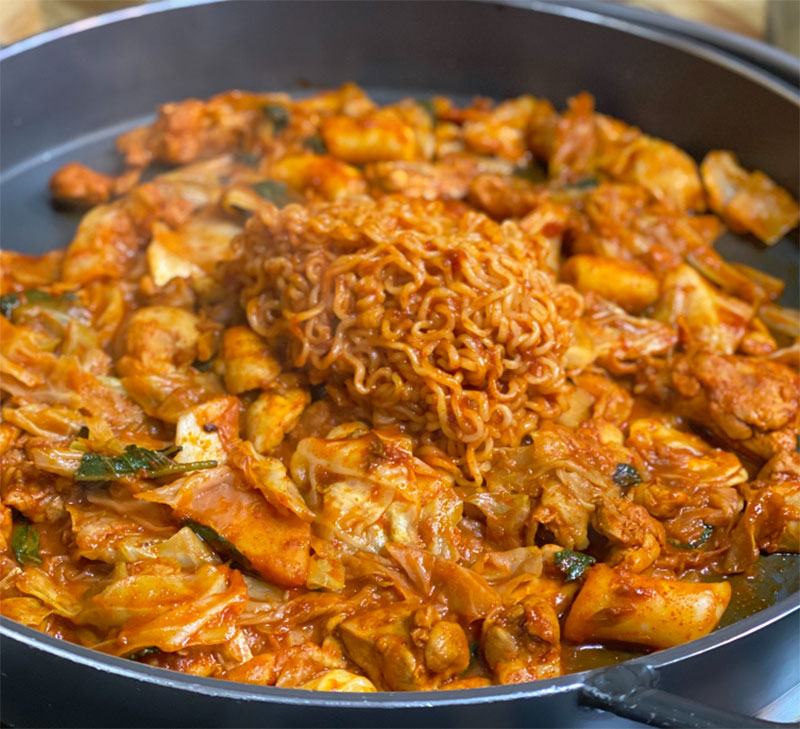
7. Common Ground
Common Ground (커먼그라운드) is more than a market – its a… common ground, located in Seoul’s Konkuk University neighbourhood. It is composed of more than 200 large shipping containers and is a multi-purpose complex with many trendy mid-sized shops selling a variety of products. This trendy area also has enough food offerings to get the foodies happy. Its courtyard is dedicated to four food trucks: Bold (meat bowls and buns), Space Bar (seasonal desserts and alcoholic beverages), The Coast (casual seafood), and the Kimchi Bus with kimchi-based foods. It also offers outdoor dining accompanied by music performances on weekends.
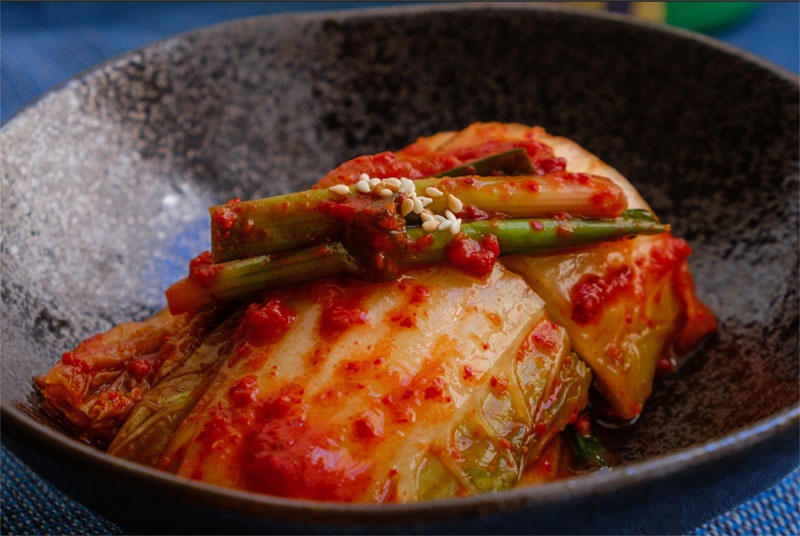
8. Tongin Market
Tongin Market (통인시장) is one of the most interesting traditional Korean markets in Seoul, due to its historic value. It was originally established in 1941 for Japanese residents when Korea was under Japanese rule. Recently the area has been revitalized and spiced up in a very Korean way. Come here to enjoy some of the best traditional dishes.
To have the complete experience at Tongin Market, to head over to the entrance of the market to exchange money for a roll of traditional coin replicas. Then visit the numerous doshirak (Korean lunch box) participating stalls to pick out dishes and exchange them for a coin or two before heading off to the next stall to fill up the lunch box. Make sure to pack in pancakes, kimbap, egg rolls and dumplings before heading upstairs to the tables and chairs.
The market is located to the west of Gyeongbokgung Palace near Gyeongbokgung Station.
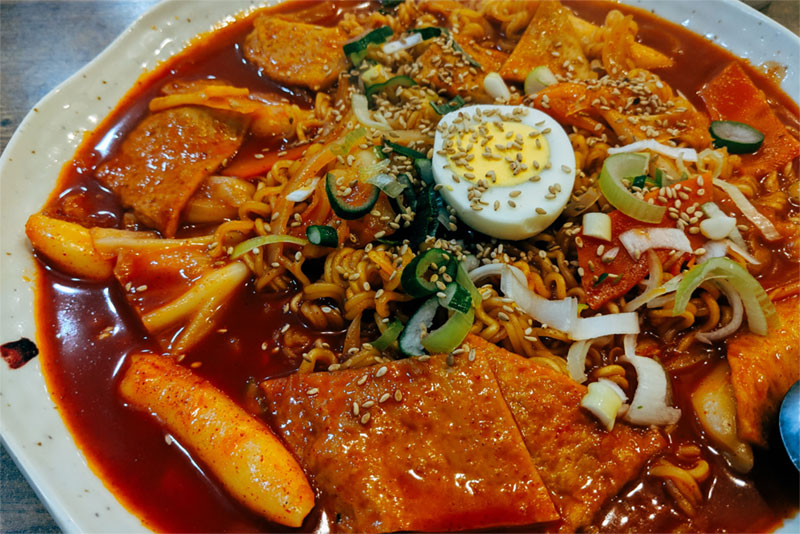
9. Dongdaemun Design Plaza (DDP) Youth Runway Market
If you are looking for Seoul’s trendiest market, then this may be the one. The market offers music performances, fashion shows, and food against a stylish night scene. Here are incredible talents on show as well as exciting DJ parties. The market takes place at the Dongdaemun Design Plaza (DDP) every Friday and Saturday between April and October.
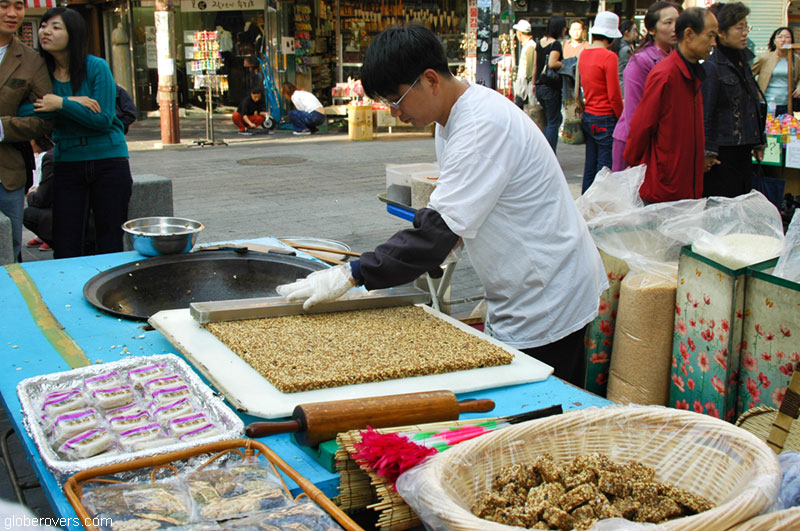
10. Sindang-dong Tteokbokki
Sindang-dong Tteokbokki (신당동떡볶이골목) is an alley-market! Some people claim the history of this alley food market began in the 1950s, while others claim the food market here started in the late 70s, although the alley did not become famous until the 80s. During these early times, each little restaurant had its own DJ booth, with the image of the ‘cool DJ’ who played the music which became a symbol of the area. This period also marked the prime time of high school baseball where students would crowd the streets for good tteokbokki (stir-fried rice cakes). Nowadays, many of these aged students go back to the area to relive the memories of their school days! To reach the alley, travel to Sindang Station on Line 2 or 6, and exit at gate 7.
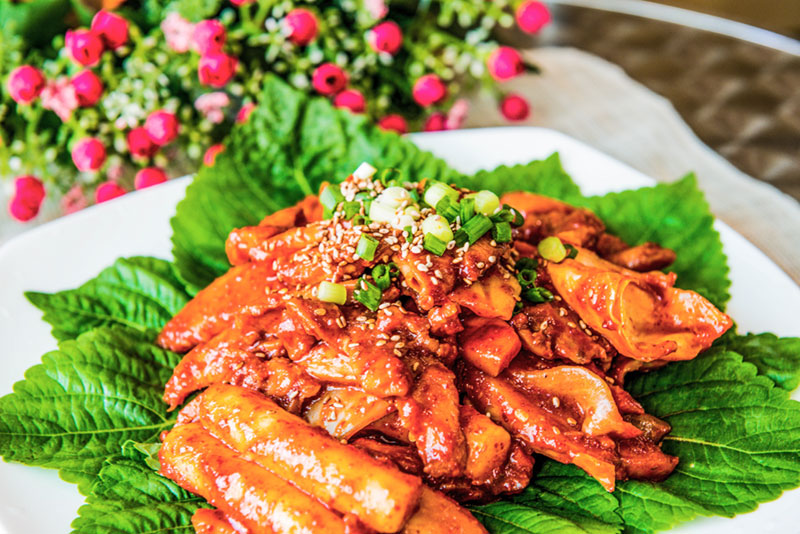
☛ Read more: Posts about food

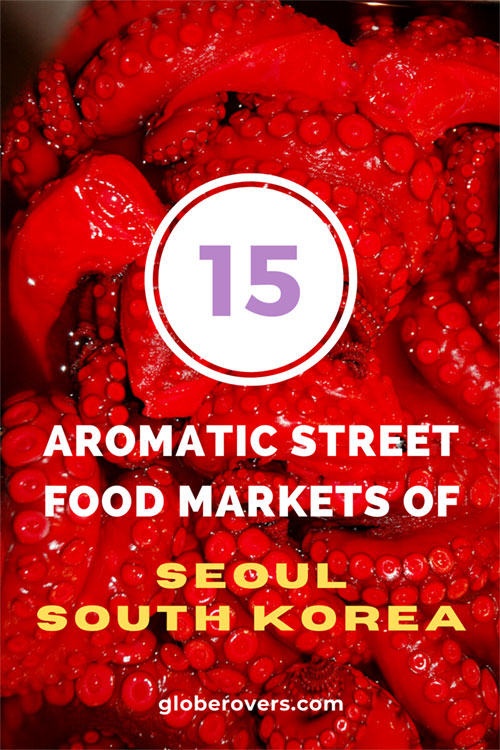

Blog post and photos by Peter who has been travelling almost full-time since 2005 and has been to over 122 countries. He visited several countries, such as Japan, more than 20 times. Peter is Editor-in-Chief and Publisher of GlobeRovers Magazine, an independent travel magazine focused on intrepid destinations.
